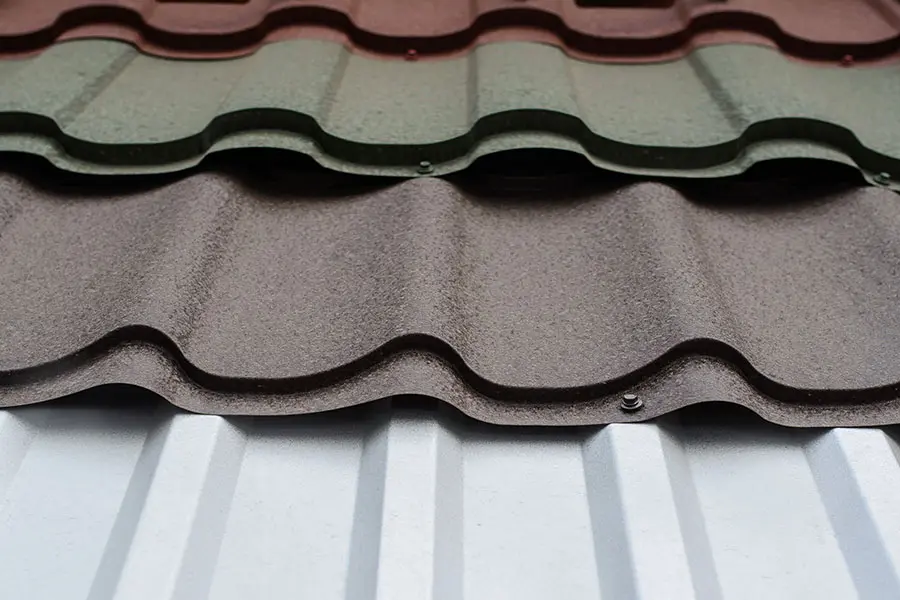Best Practices for Ensuring Proper Roof Ventilation
Guaranteeing correct roof ventilation is vital for the durability and efficiency of a roof system. A balanced intake and exhaust vent ratio, generally 1:300, plays a critical role, with intake vents preferably positioned at the lower side of the roofing system for awesome air access and exhaust vents at the top for cozy air exit. Regular evaluations to identify blockages and keep clear air flow are vital. Additionally, keeping insulation away from vents is critical to stop air movement constraint. Recognizing these foundational aspects establishes the stage for even more thorough insights right into installment and maintenance techniques that can dramatically enhance your roof's performance.
Understand Ventilation Fundamentals
Properly comprehending ventilation fundamentals is essential for making sure the long life and efficiency of roof. Efficient air flow minimizes wetness accumulation and temperature extremes in the attic, both of which can lead to considerable structural damage gradually. A well-ventilated roof covering helps in protecting against usual issues such as mold growth, wood rot, and ice dams, which can compromise the integrity of the roofing materials and the underlying structures.
The primary goal of ventilation is to help with the movement of air, enabling for a consistent exchange in between the indoor and exterior settings. This equilibrium is attained with a mix of consumption and exhaust vents that collaborate to preserve ideal air flow. Intake vents, generally located along the soffits or eaves, permit fresh air to enter the attic space, while exhaust vents, typically situated at or near the roof covering ridge, make it possible for hot, moist air to leave.
Secret aspects influencing the efficiency of roof covering ventilation include correct placement, appropriate sizing, and making sure that both intake and exhaust vents are unblocked. Routine assessment and maintenance are critical to determine possible blockages, damages, or inadequacies in the ventilation system, thereby securing the roofing system's performance and toughness.
Types of Roof Vents
Roofing system vents play an essential function in preserving effective attic room ventilation and, by expansion, the general health and wellness of the roof covering system. Numerous kinds of roof covering vents are available, each with one-of-a-kind benefits tailored to particular roof covering needs. Ridge vents, as an example, are installed along the roof's top, enabling warm, moist air to get away from the attic room. They supply continuous air flow and mix seamlessly with the roofline, making them both reliable and visually pleasing.

Soffit vents are set up under the eaves and work in tandem with roofing system vents to make sure a well balanced intake and exhaust system. By enabling cooler air to get in from below, soffit vents promote the expulsion of hot air through upper vents. Gable vents, located on the exterior walls of the attic room, offer another effective solution, specifically in homes with saddleback roofs.
Evaluate Your Current Air Flow

Following, consider the age and condition of your roofing materials and ventilation components. Older systems may not abide by existing structure codes or might have weakened gradually, lowering their efficiency. Conduct a comprehensive examination to determine any kind of indications of wear and tear, such as corrosion, damages, or voids that can jeopardize the system's performance.
Furthermore, gauge the attic room temperature and humidity levels. High temperatures and moisture can show insufficient air flow.
Installation Best Practices
Effective installment of roofing air flow systems is vital for making sure ideal efficiency and durability. Proper setup starts with comprehending the certain air flow demands of the roofing and the structure it covers. This entails determining the proper ratio of consumption to exhaust vents, typically adhering to the 1:300 rule, which states one square foot of ventilation for every single 300 square feet of attic flooring room.

Intake vents must be set up at the roofing's lower edge, typically in the soffits, to allow great air to enter. Exhaust vents, on the other hand, need to be installed near or at the roof's top to facilitate the departure of cozy, damp air.
Seal all vent connections diligently to avoid air leaks and prospective water infiltration. Use premium materials and adhere to maker guidelines to guarantee longevity and efficiency. Additionally, incorporating ridge vents with baffles can considerably enhance air movement effectiveness by protecting against wind-driven rain and snow from going into the attic.
Inevitably, accurate installment of roofing air flow systems alleviates possible concerns such as mold growth, ice dams, and architectural damages, making certain the roofing system's stability and the building's general wellness.
Regular Maintenance Tips
Consistency in maintenance methods is fundamental to making certain the long-lasting effectiveness of roof ventilation systems. moved here Regular inspections are essential, ideally executed biannually-- in the spring and fall. Throughout these evaluations, ensure that vents are devoid of particles, nests, and various other blockages that could impede air movement. Look for any indicators of wetness buildup or mold and mildew, as these can show inappropriate ventilation or leaks (gainesville fl roofing companies).
Utilize a soft brush or a vacuum to remove dirt and debris from intake and exhaust vents. Be mindful not to harm the air vent displays or louvers throughout the process.
Proper insulation is similarly vital. Make certain that attic insulation does not check out here obstruct the vents, as this can seriously restrict air flow. If any insulation has moved or resolved, rearrange or change it to keep an effective barrier.
Finally, change any kind of harmed or missing parts immediately. Busted vents, fractured tiles, or worn-out flashing can all add to insufficient ventilation and needs to be resolved right away. Routine upkeep makes sure that the roof covering ventilation system operates navigate to this site optimally, consequently extending the life-span of the roof covering itself.
Final Thought
Ensuring correct roof air flow is paramount for preserving the efficiency and resilience of a roof system. Adherence to the 1:300 consumption and exhaust air vent proportion, paired with the strategic positioning of vents, is necessary.
A well balanced consumption and exhaust vent proportion, commonly 1:300, plays a pivotal duty, with intake vents ideally put at the lower edge of the roof for amazing air entrance and exhaust vents at the height for warm air exit. Intake vents, commonly situated along the soffits or eaves, enable fresh air to enter the attic room room, while exhaust vents, typically situated at or near the roof ridge, allow warm, humid air to get away.
Soffit vents are set up under the eaves and work in tandem with roof covering vents to guarantee a well balanced intake and exhaust system. By enabling cooler air to go into from below, soffit vents facilitate the expulsion of warm air through top vents. Adherence to the 1:300 consumption and exhaust air vent ratio, coupled with the calculated positioning of vents, is crucial.